Affiliate links on Android Authority may earn us a commission. Learn more.
What is 4K HDR? Here's everything you need to know.
Published onJuly 19, 2022
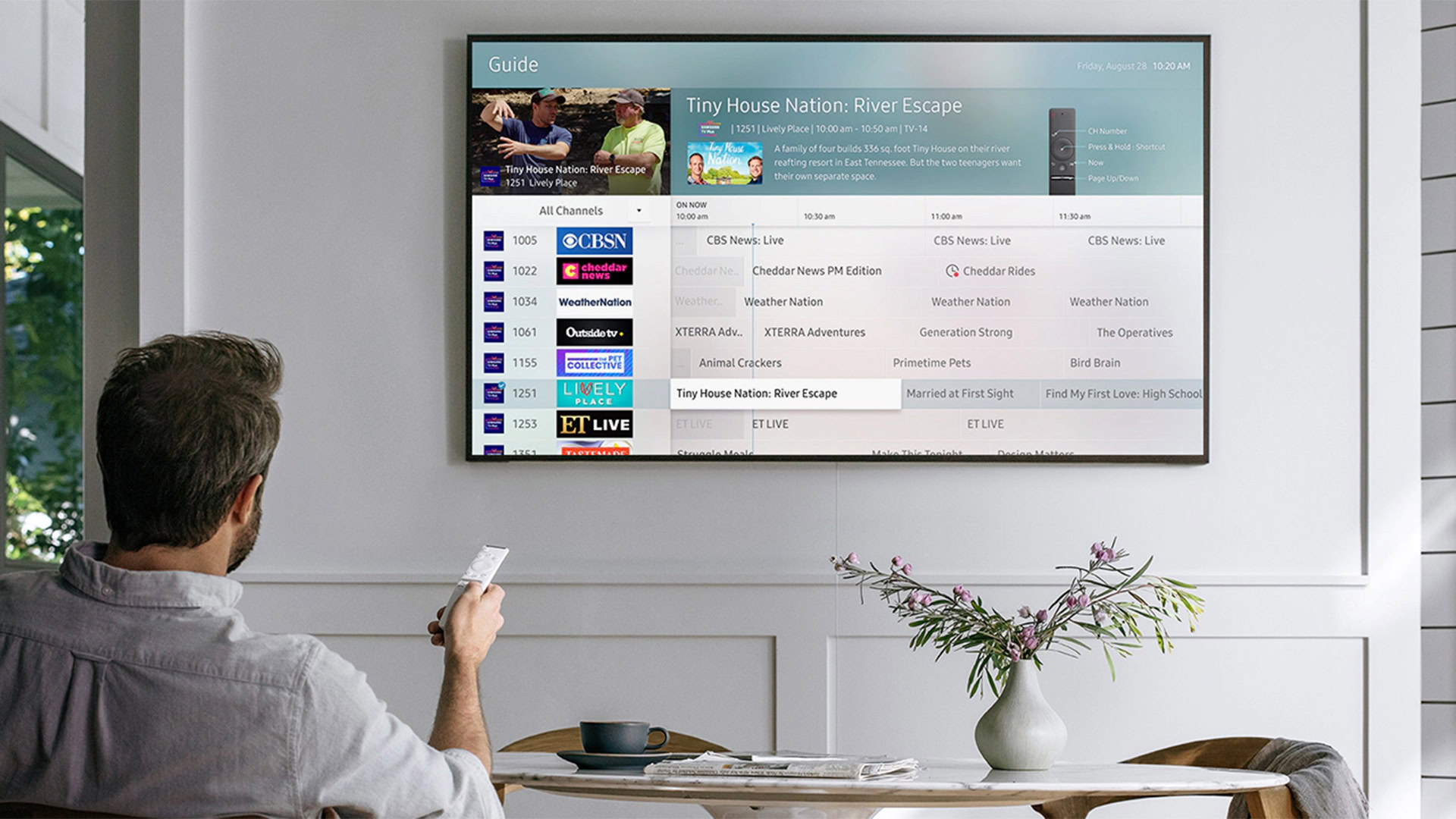
If you haven’t been shopping for a new TV in several years, you’re in for a treat. TV technology has improved by leaps and bounds. Of course, that also means you’ll have to do a little bit of homework before you get around to browsing. Here’s everything you need to know about 4K HDR and related TV specs so you can make an informed purchase.
See also: The best TV deals
What is 4K HDR?
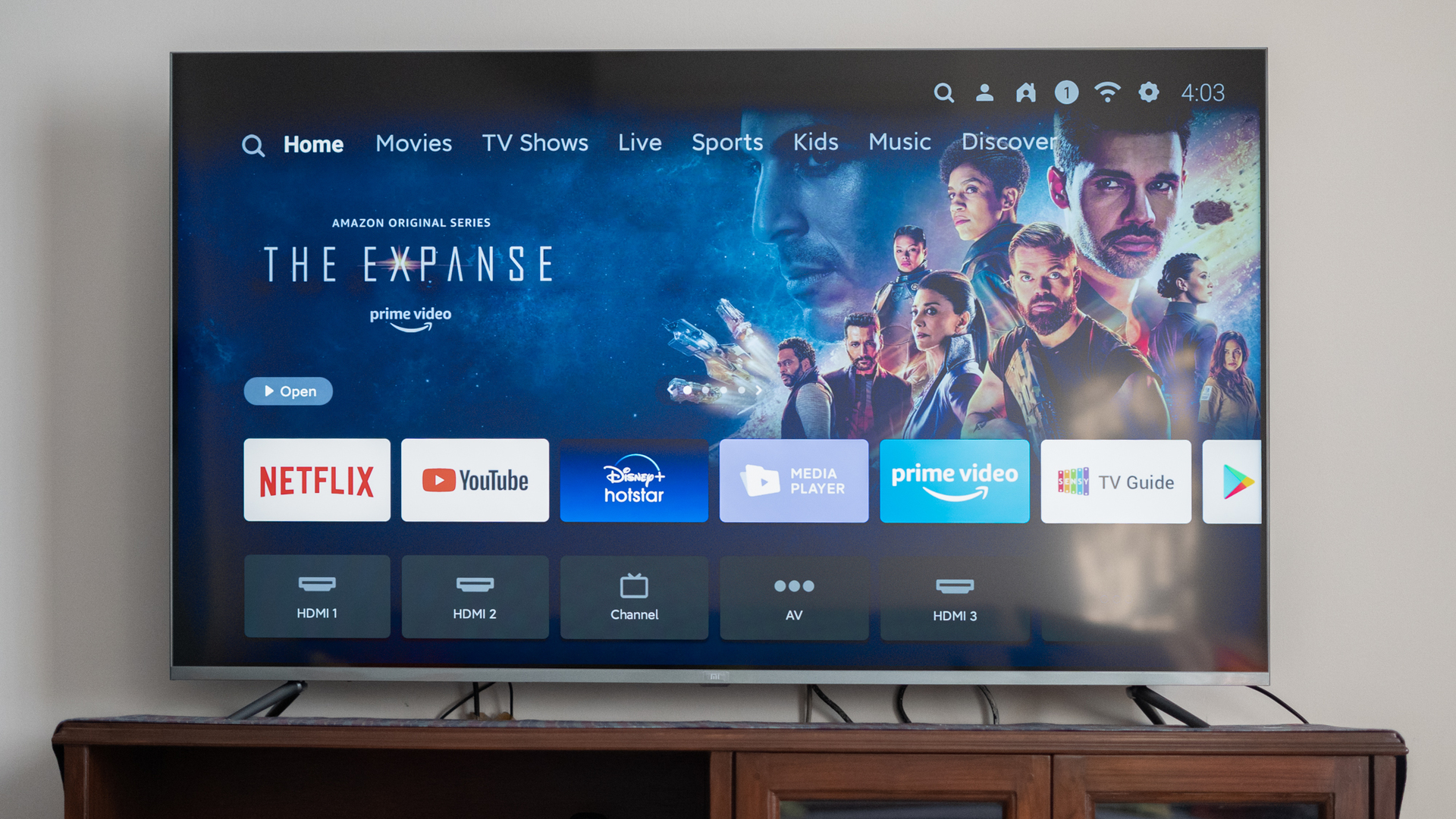
Before we get into the nitty-gritty, something to make clear is that 4K and HDR are not brand-exclusive technologies. You don’t have to choose a particular TV maker to get them, and ideally, any new set will have both.
HDR stands for High Dynamic Range. It’s essentially the range of colors and brightness levels a display can produce, ranging from the darkest blacks to the brightest whites. OLED TVs are particularly adept at HDR because they can shut off individual pixels, resulting in a true black. Brightness meanwhile is measured in “nits” (candelas per square meter), and some newer HDR TVs can achieve thousands of nits compared to a few hundred nits on standard dynamic range (SDR) sets.
4K refers to a display resolution higher than the 720p or 1080p on some TVs. Specifically, the number comes from a horizontal pixel count that totals 3,840 ― it’s just that a “3.84K TV” doesn’t have the same ring. 4K displays also measure 2,160 pixels tall, and if you’ve seen the term UHD, that’s essentially interchangeable with 4K.
What do 8-bit, 10-bit, and 12-bit mean?
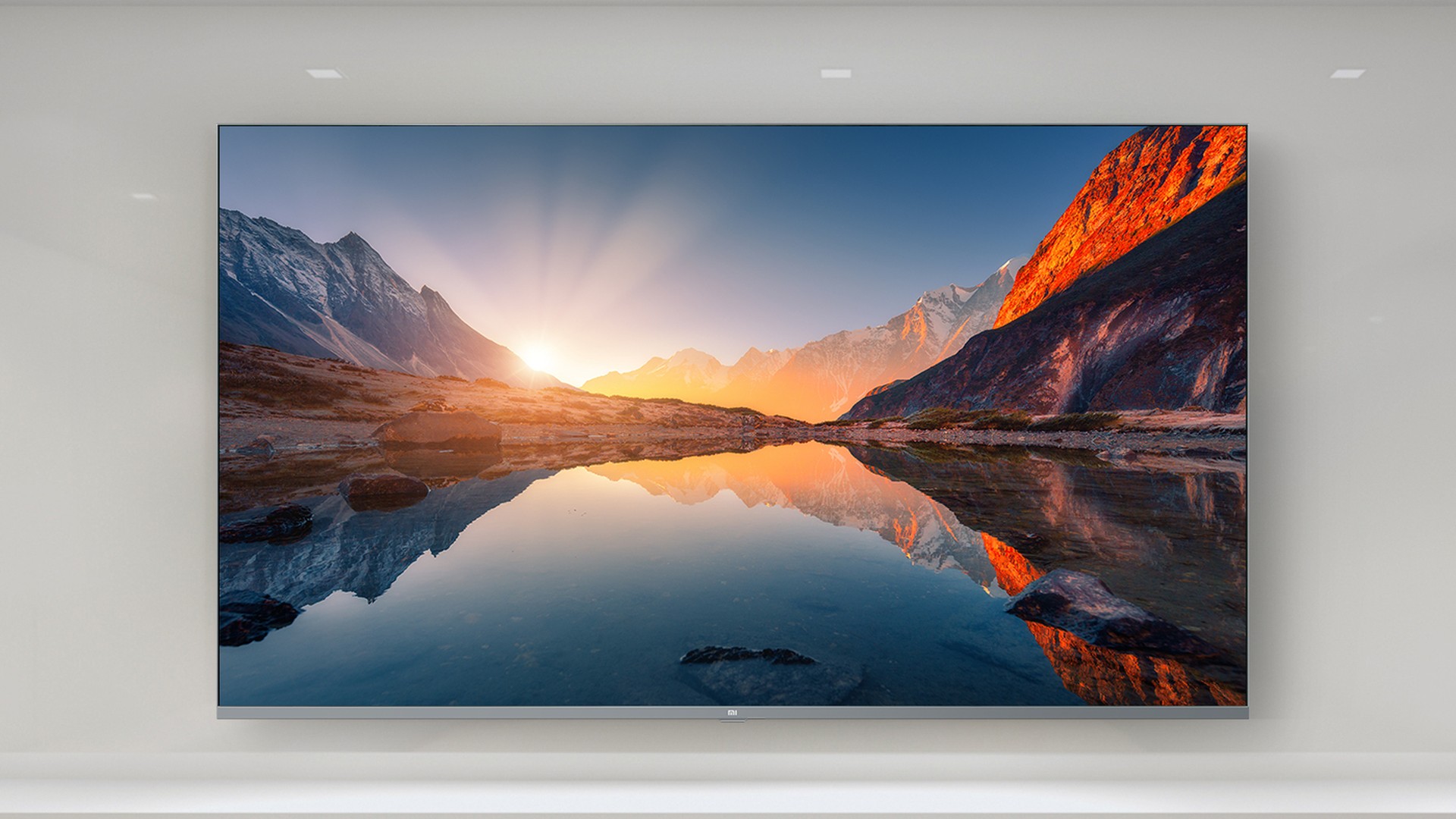
You may have noticed the terms 8-bit, 10-bit, and 12-bit while looking for a 4K HDR display. These are important to know in understanding your color options.
For starters, 8-bit used to be commonplace, and means that a TV can produce 256 variations of red, green, and blue. A quick bit of math tells us that comes out to 16,777,216 total colors, which was the VGA standard for many years. With the advent of 4K HDR we can send more light through a TV, which translates to more colors.
To be precise, 10-bit displays can produce 1,024 different shades across red, blue, and yellow. Multiplying the three together results in 1,073,741,824 total color options, and that’s just the beginning. 12-bit TVs take things four times further, with 4,096 shades, and 68,719,476,736 total colors. You’d need an immensely bright display, however, to notice a difference between the 10-bit and 12-bit ranges.
HDR10 vs HDR10 Plus vs Dolby Vision
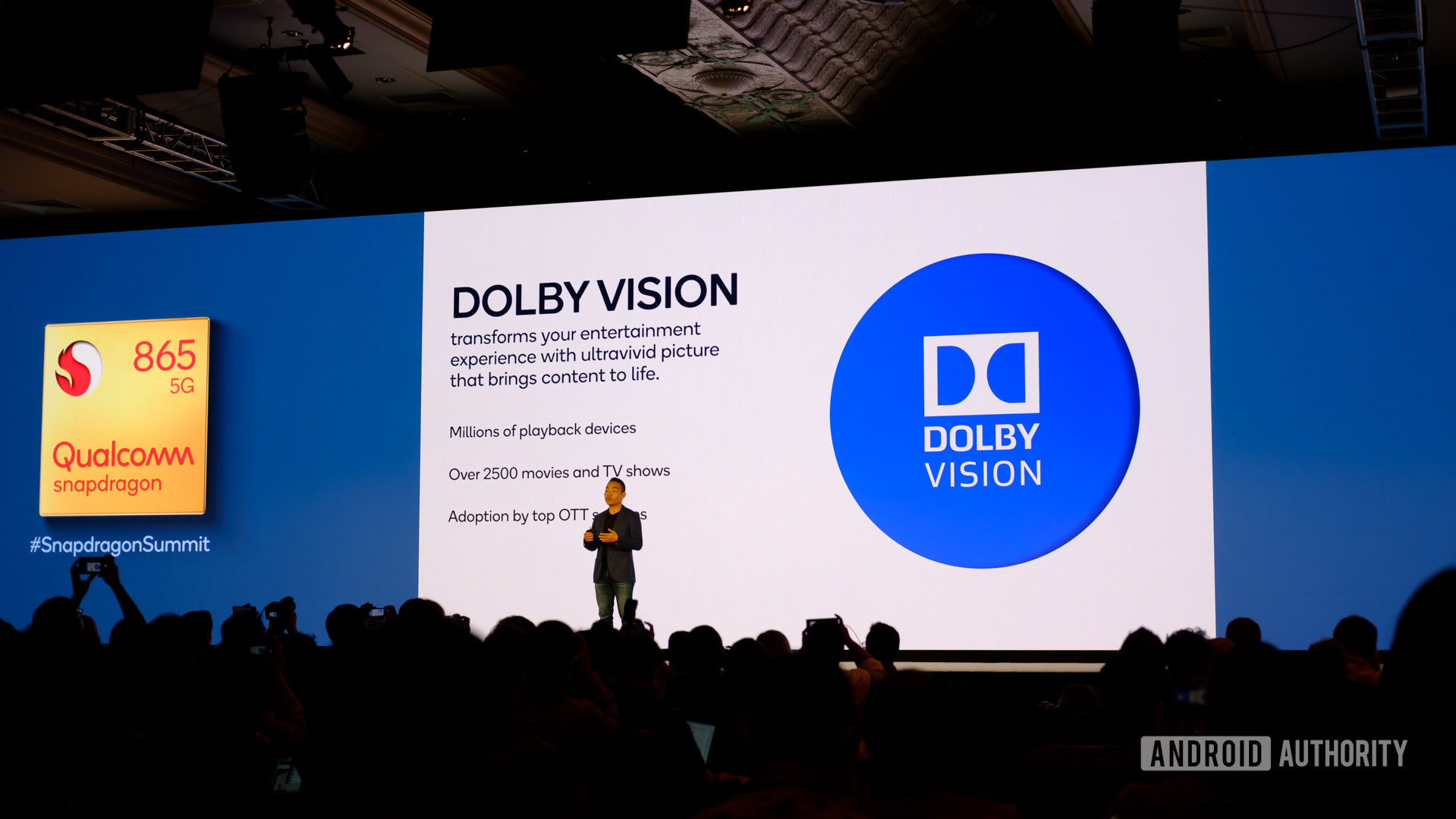
As if HDR wasn’t complicated enough for newcomers, there are different standards for the technology that you need to know. Here’s how to differentiate between HDR10, HDR10 Plus, and Dolby Vision:
HDR10
HDR10 isn’t as powerful as Dolby Vision, but it’s far more affordable for manufacturers to adopt, since it’s an open standard and doesn’t involve paying royalties to Dolby. Theoretically it allows up to 10,000 nits of peak brightness, though in reality most HDR10 video is mastered between 1,000 and 4,000 nits. It does achieve a 10-bit color range, so you should see over 1 billion total colors per pixel.
These features make HDR10 an easy choice for manufacturers, but a significant downside is that metadata remains static throughout a video. Adjustments can’t be made on the fly to preserve creative intent, so some scenes in shows and movies may not look as perfect as they could.
HDR10 Plus
HDR10 Plus improves on its predecessor with the addition of dynamic metadata, which keeps content more accurate. Adjustments can be made per-scene or even per-frame, though of course, video creators have to specifically target Plus for you to receive the benefits. It’s a 10-bit format capable of up to 10,000 nits of peak brightness.
While the standard is open, it was originally announced by Samsung and Amazon in 2017, and can be harder to find on both TVs and video services than regular HDR10. Nevertheless there are now hundreds of Plus-capable TVs from makers like Samsung, Panasonic, and Hisense, and supported services include the likes of Hulu and YouTube, not just Prime Video. A variety of Blu-Ray discs support the standard as well, some examples being Alien, 1917, Back to the Future, and The Wizard of Oz.
Dolby Vision
Dolby Vision is slightly older than HDR10, yet it’s not as popular for one good reason: TV manufacturers have to pay royalties to use it. As a result, vendors sometimes choose to avoid the extra cost and provide a more affordable product.
Like its counterparts, Vision tops out at 10,000 nits, with content typically mastered at 4,000 nits or below. The reason to spend extra for it is that it offers both dynamic metadata and 12-bit color, making for some of the richest possible images. In fact you probably won’t find a TV that can take full advantage of the format, so you may want to choose HDR10 over Vision based on the difference in cost.
Some higher-end TVs have a feature called Vision IQ. In tandem with metadata, this uses an ambient light sensor to adjust HDR to your room’s current lighting. Without it, you may have to adjust your TV’s brightness manually to get HDR’s full effect.
See also: The best Android TV boxes you can get
Do you need 10-bit or 12-bit 4K HDR?
As of right now, live TV generally doesn’t support 10-bit color, much less 12-bit. You can, however, take advantage of those technologies on select streaming services and Blu-Ray discs. Netflix, for example, has videos in HDR10 and Dolby Vision, although you’ll need the company’s expensive Premium plan, and not every video will be compatible with your format of choice. Hulu, on the other hand, supports 4K HDR on any plan.
Also remember that any HDMI cables and streaming devices will need to be compatible, not just your TV. Thankfully, even low-cost streamers like the Chromecast with Google TV now support both HDR10 Plus and Dolby Vision. Make sure you’re using an HDMI 2.0b cable or better if you’re not using a TV’s built-in apps.
More: Why you still need a streaming device if you have a smart TV
What should you look for?
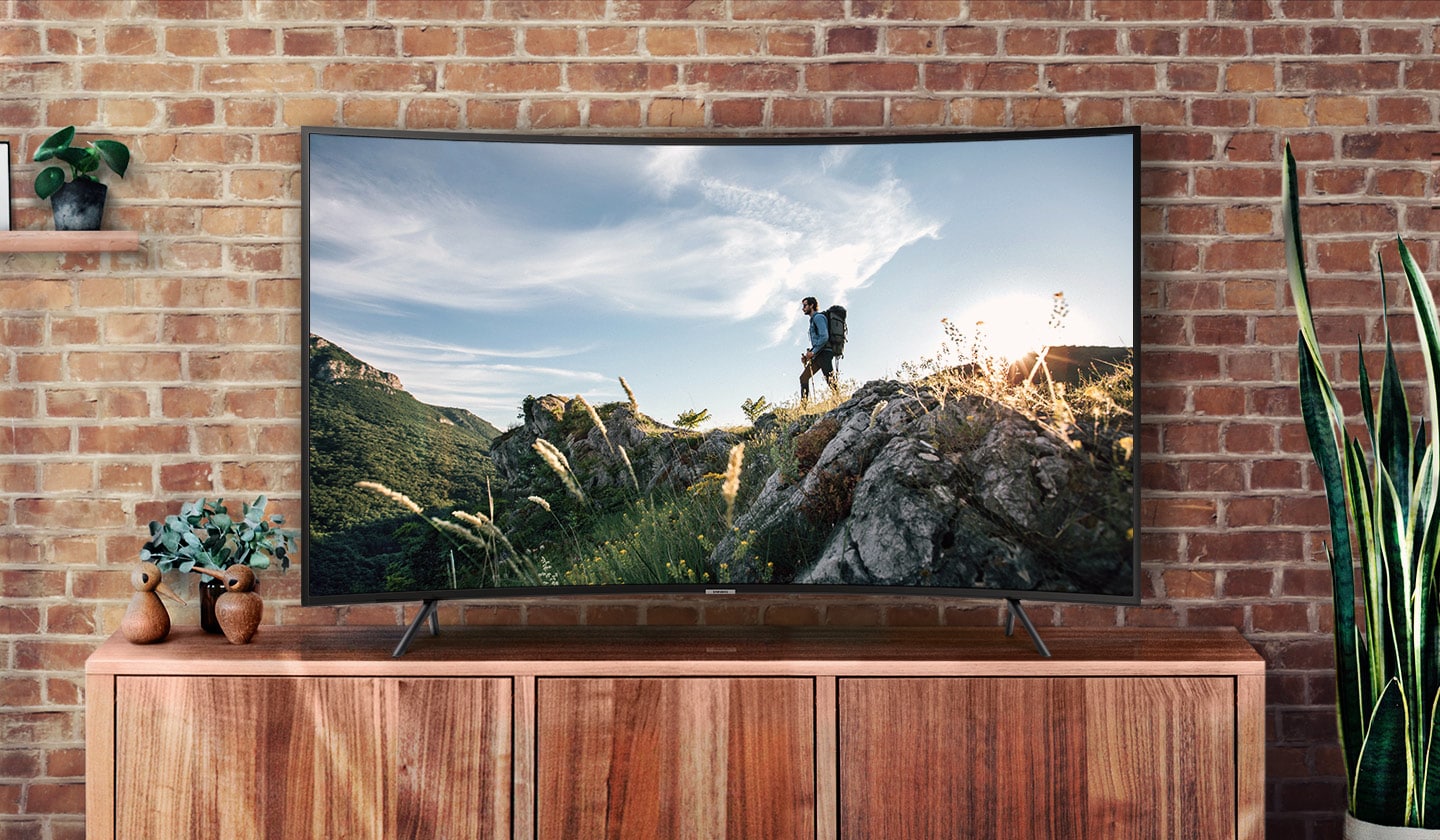
Now that you have a foundation in 4K HDR, it’s time to start shopping. You’ll notice hundreds of different options with plenty of different labels. Here are some other things to look out for:
8-bit HDR
This is where manufacturers can get tricky or outright deceptive. Some will label their TVs as HDR even if they only support 8-bit color. They can do this because HDR is classified by both contrast and color depth, and in this case you’re getting more of the former, i.e. a wider difference between the blackest blacks and the whitest whites.
Some manufacturers aim at producing the highest nit levels over improving color. This results in a much brighter panel, and will at least look better than 8-bit SDR TVs.
See also: The best apps to download for your Samsung smart TV
Rec. 2020 color
You may not have heard the term before, but Rec. 2020 is a standard primarily about color range, a.k.a. color gamut. It can come in 10- or 12-bit varieties, and works with 4K and 8K TVs. There’s a Rec. 2100 standard specifically for HDR, although it uses the same gamut as 2020.
This range is supported by a TV’s processor rather than its panel, so you need to check if it’s actually enabled. Some manufacturers may produce TVs with 10- or 12-bit panels, yet without support for Rec. 2020. A manufacturer could therefore label a TV as HDR and meet brightness requirements, but not offer extra colors to match.
What about 8K HDR?
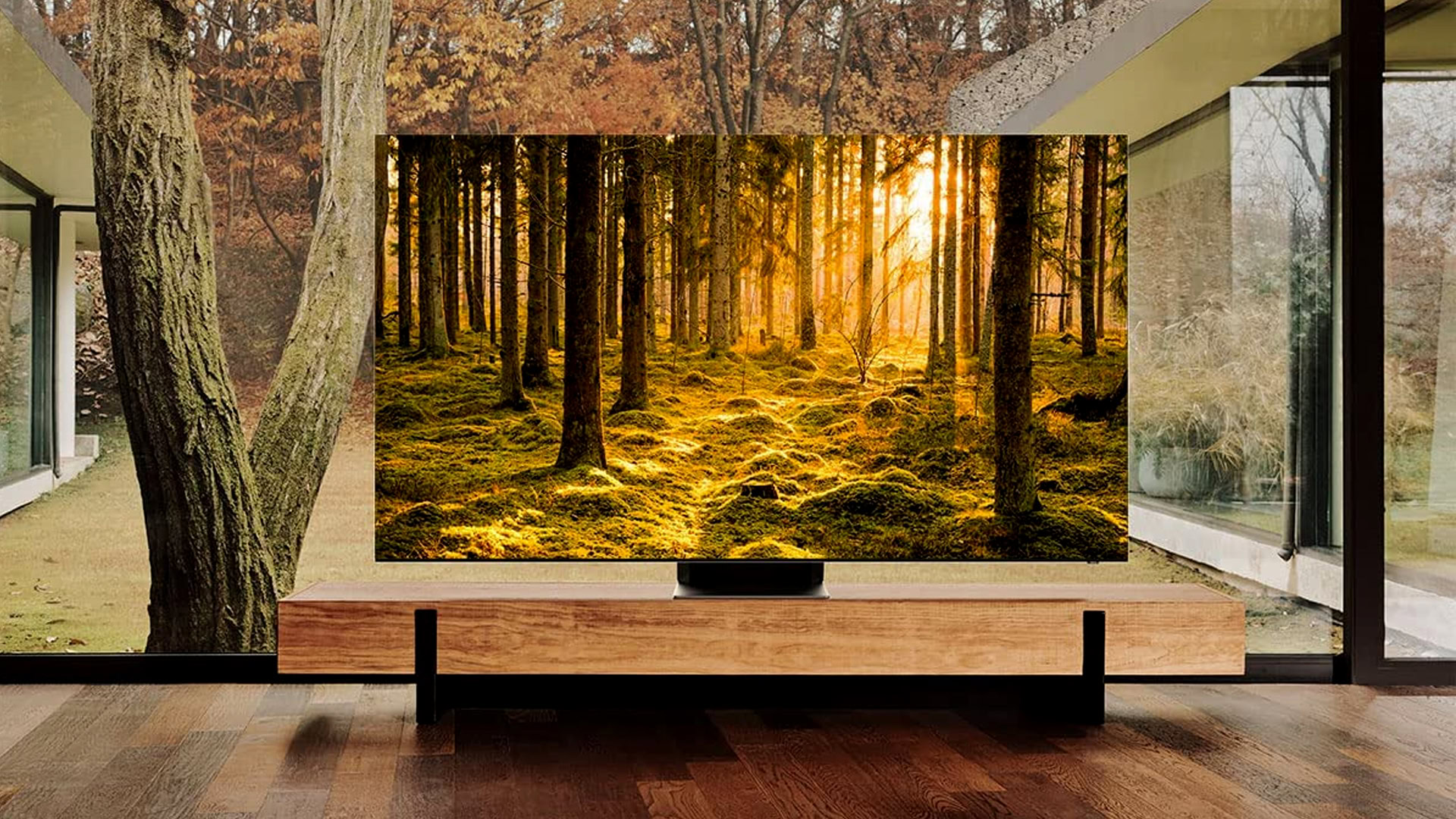
Generally speaking, everything we’ve said about 4K HDR applies to 8K HDR, the main difference being that 8K resolution is a whopping 7,680 by 4,320. Another important detail is that any external devices need to connect via HDMI 2.1 or better, since 2.0 doesn’t have enough bandwidth. Be sure both your devices and cables are up to spec.
That said, the average person can skip looking at 8K sets. They’re still fantastically expensive, costing several thousand dollars each, but with very little native content. More often, 8K TV owners are watching upscaled 4K video.
Well, there you have it — pretty much everything we can tell you about 4K HDR TVs. Hopefully we’ve helped narrow down your options, and feel free to check out some of our TV deal hubs when you’re ready to shop.